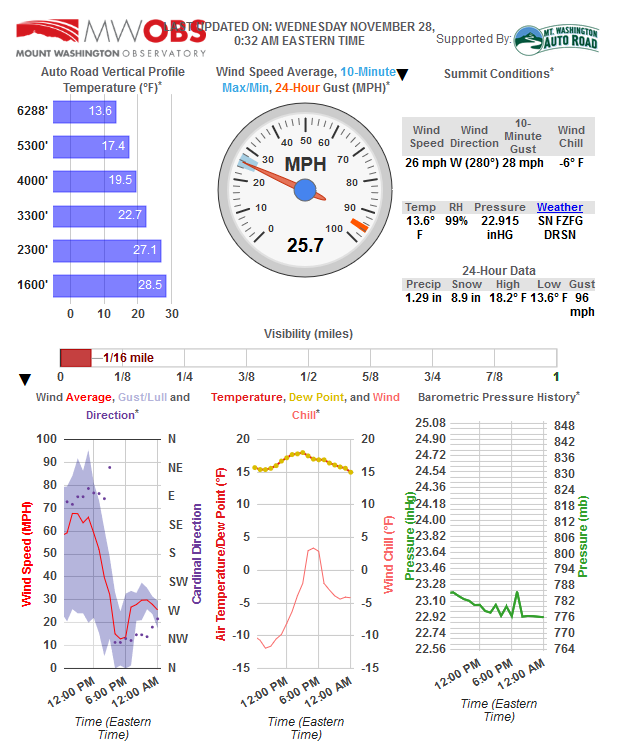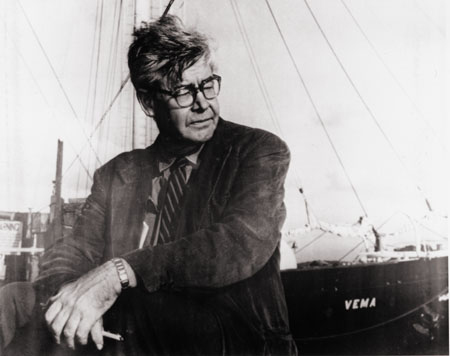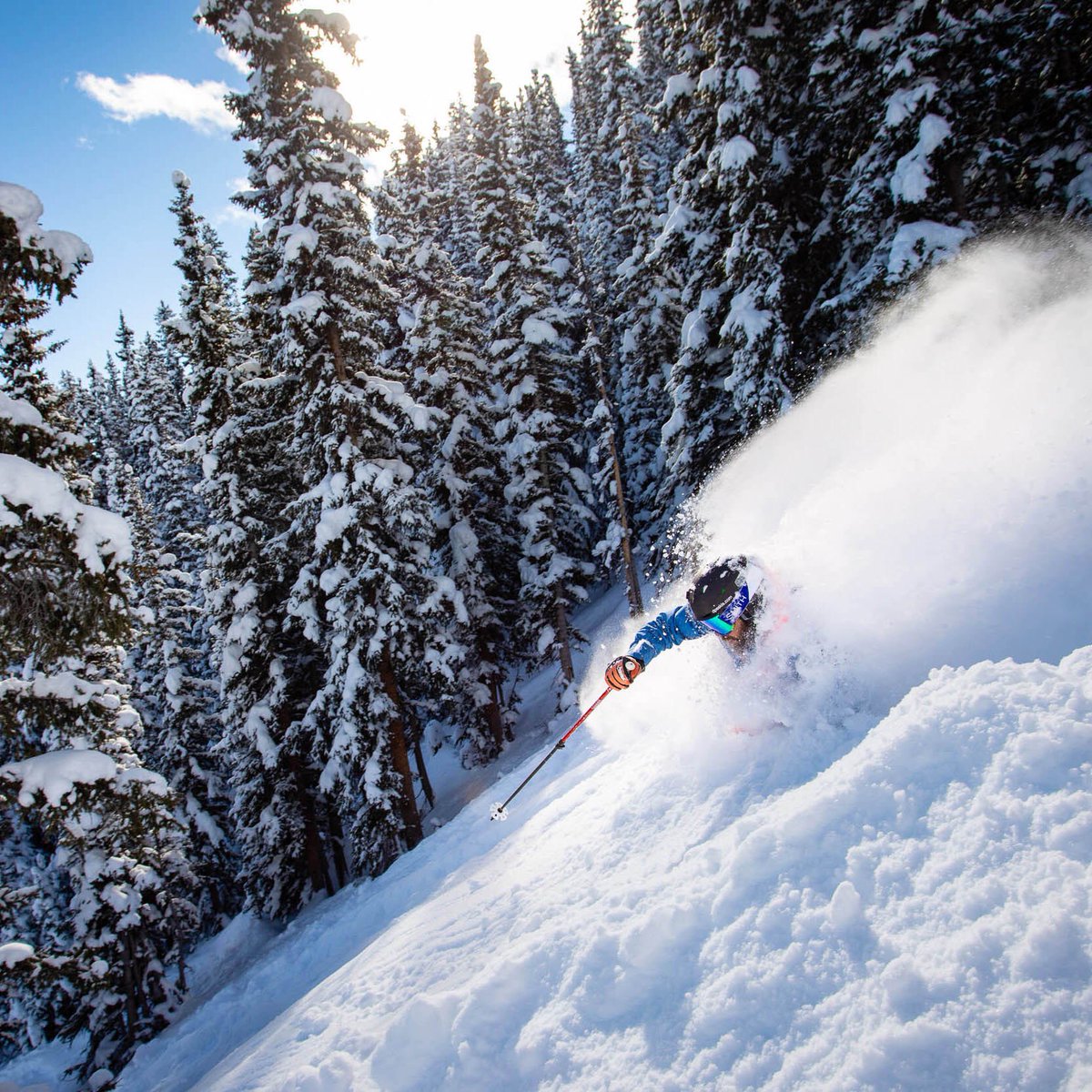Meanwhile the guys from "Grand Solar Minimum" Youtube Chanel, who seem to be connected to the website electroverse.net (I'm not sure) and mentioned in the post from thorbiorn in which he refers back to Windmill knights post, have published a new interview with Professor Valentina Zharkova, in which she predicts, quite reasonably I think, that in the next 5 to 10 years we will go into another Maunder Minimum Type of event, in which it will be bitter cold in July, although a bit less severe then back then according to her:
They also published an interview at the beginning of this year with John Casey:
Has anyone read his books?
Casey mentions, rightfully so, that there might be even bigger cycles at play in regards to the sun, of whom we don't know much about while pointing to the fact that every time the earth went into cold mode in the past, warfare, large scale famines and diseases raged through society. He also says that the last warm peaks we have seen in the last couple of years, will be the last ones for at least the next coming 400 years and that it might get even colder then (if other cycles come at play which we don't know about so much).
Both scientist mentioned above are convinced, based on rather solid data (in stark contrast to the global warming "scientists"), that we are entering a Grand Minimum quickly in the next years, and that this one will be a bit less severe then the Maunder-Minimum.
Zharkova Modell predicts a harsher future then Caseys Modell, while Casey makes it clear that russian scientist working on the problem have a even worse outlook, thinking that another ice age is upon us. So Caseys, as well as Zharkovas, predictions are less sever then the russian ones (but still pretty hard).
While both scientist do a stellar job in their fields I think, both don't seem to take other factors into account, which are IMO quite profound and can change this situation to the worse or better (but probably worse).
For example both seem to approach this mostly from the standard models of our solar system in which electricity/plasma doesn't play much of a role. Both don't take into account comets and comet dust. Both don't take into account Nemesis and how this hypothetical brown dwarf might be affecting things.
Having said that, I think it is well worth the time and effort to look deeper into their works.
They also published an interview at the beginning of this year with John Casey:
Interview with John Casey and Grand Solar Minimum Jake & Mari Interview John Casey. Interviewed on Jul 17, 2017 This is the last interview John Casey had before his stroke. We are keeping him in our prayers! Veritence Publishing, Inc at book publishing
This important new science book, "Upheaval!" is now available through Veritence Publishing, Inc., Trafford Publishing and Amazon.com and other retail outlets, in both paperback and eBook formats. This profound science work by some of the world's leading climate science and seismology experts, shows why the United States has just entered one of its most dangerous periods ever. The book lays out the case for catastrophic earthquakes striking the USA with long term adverse consequences for the entire country starting as early as 2017! Hundreds of billions of dollars are likely in property damage and tens of thousands of Americans may die during the next twenty years of geophysical 'upheaval.'
Mr. John L. Casey. IEVPC Co-Founder and Director. Mr. Casey is also President of Veritence, Inc., a science and engineering consulting company and Veritence Publishing, Inc. a company established to aid scientists, nature and science-fiction authors to get their books published. He was, previous to 2015, the President of the Space and Science Research Corporation (SSRC), a leading climate science research organization. Mr. Casey is a former White House space program advisor, NASA Headquarters and Congressional Consultant and was a Senior Field Engineer on the Space Shuttle program. He is a leading researcher on the science of solar activity cycles and their impacts on climate change and associated catastrophic geophysical events (CGE), including earthquakes, tsunamis and volcanic eruptions. He is also the author of the widely acclaimed climate science books including the 2011 climate book “Cold Sun,” its 2014 remake and natiowide best seller, "Dark Winter," and the December 12, 2016 book "Upheaval! - Why Catastrophic Earthquakes Will Soon Strike the United States."
Has anyone read his books?
Casey mentions, rightfully so, that there might be even bigger cycles at play in regards to the sun, of whom we don't know much about while pointing to the fact that every time the earth went into cold mode in the past, warfare, large scale famines and diseases raged through society. He also says that the last warm peaks we have seen in the last couple of years, will be the last ones for at least the next coming 400 years and that it might get even colder then (if other cycles come at play which we don't know about so much).
Both scientist mentioned above are convinced, based on rather solid data (in stark contrast to the global warming "scientists"), that we are entering a Grand Minimum quickly in the next years, and that this one will be a bit less severe then the Maunder-Minimum.
Zharkova Modell predicts a harsher future then Caseys Modell, while Casey makes it clear that russian scientist working on the problem have a even worse outlook, thinking that another ice age is upon us. So Caseys, as well as Zharkovas, predictions are less sever then the russian ones (but still pretty hard).
While both scientist do a stellar job in their fields I think, both don't seem to take other factors into account, which are IMO quite profound and can change this situation to the worse or better (but probably worse).
For example both seem to approach this mostly from the standard models of our solar system in which electricity/plasma doesn't play much of a role. Both don't take into account comets and comet dust. Both don't take into account Nemesis and how this hypothetical brown dwarf might be affecting things.
Having said that, I think it is well worth the time and effort to look deeper into their works.
Last edited:


 As I write this post it is almost 15C in Adelaide and raining @ 10.30am. In the past it would by now have been in the low to mid 30s, so I am not complaining. Even though I have lived here most of my life, I could never get used to the heat.
As I write this post it is almost 15C in Adelaide and raining @ 10.30am. In the past it would by now have been in the low to mid 30s, so I am not complaining. Even though I have lived here most of my life, I could never get used to the heat.






